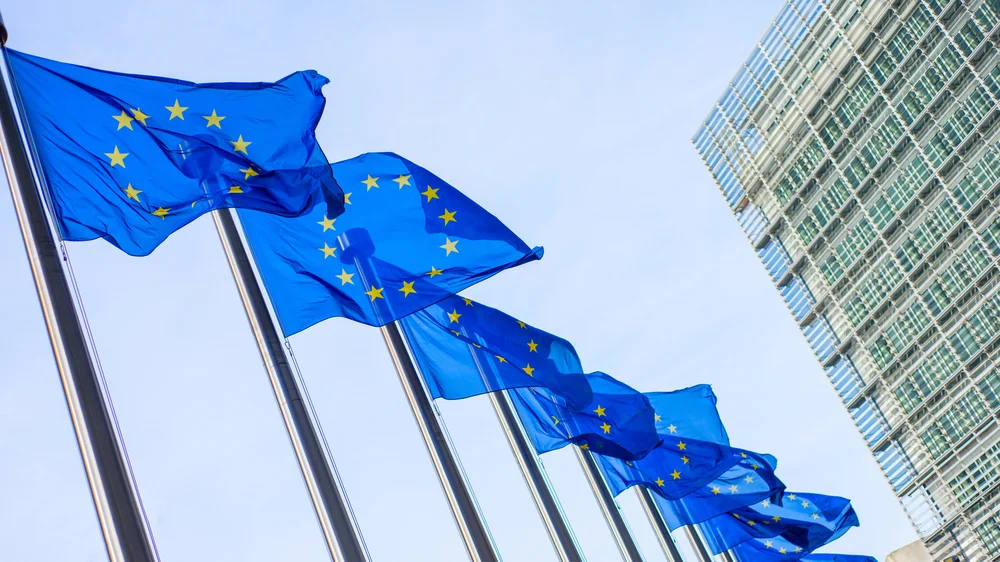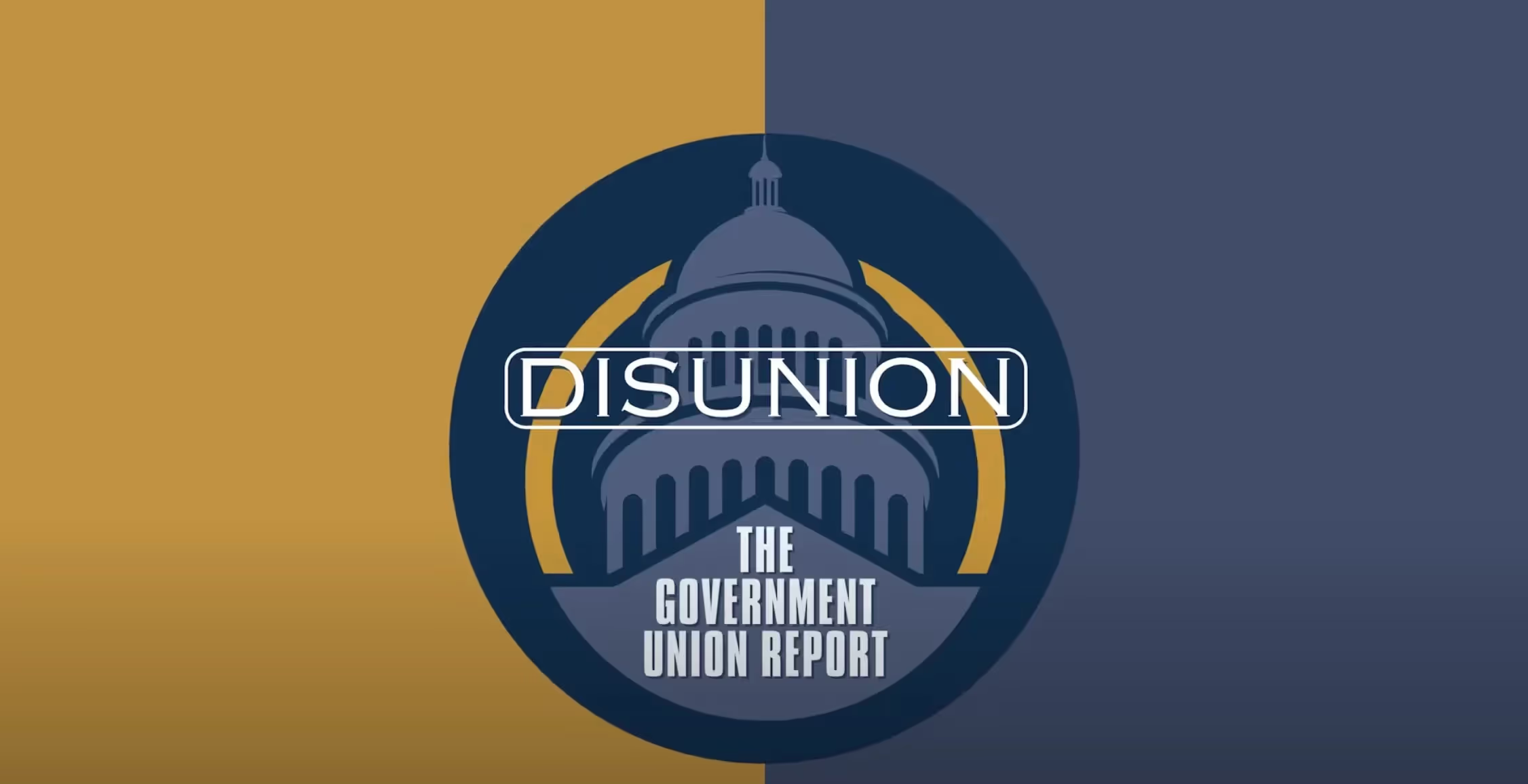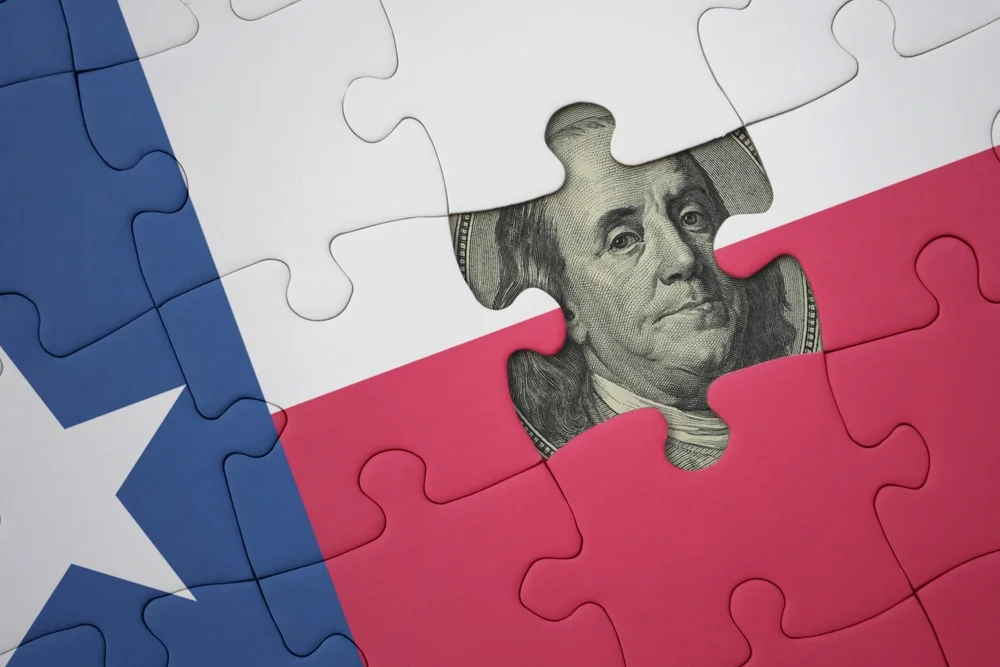
How America Became the World’s Medicine Chest—and Why That Status Is at Risk
Will America destroy the pharmaceutical innovation that for generations has improved the lives of Americans?
In the mid-1980s, AIDS was still a strange and terrifying disease. It was one of the great fears of that era, next to nuclear war with the Soviets, which seemed like a real possibility at the time. I was a child in 1987 and didn’t understand much about AIDS, but I knew it was a death sentence.
That’s why I remember clearly the day it was announced that scientists had discovered a treatment for HIV—a breakthrough drug (AZT). It was one of those historically important moments you don’t forget.
Many today are familiar with the story of AZT. Jerome Horwitz, a researcher at the Michigan Cancer Foundation, developed the drug in the 1960s. The compound was originally designed to disrupt cancer cells, but when tested on mice, it failed to stop tumor growth and was ultimately shelved for decades and forgotten. What I didn’t know at the time was that it was a British company, Burroughs Wellcome, that resurrected AZT.
It may surprise some today that a European company launched the world’s first AIDS treatment, but in the 1980s, it made sense: Europe dominated the global pharmaceutical market, introducing 129 novel drugs in the late ’80s, compared to just 77 in the US.
Europe no longer rules the Rx roost, however. Today, the US dominates pharmaceutical innovation and sales, accounting for roughly half of all new drugs, compared to just 22 percent for European firms.
Sally Pipes’s new book The World’s Medicine Chest: How America Achieved Pharmaceutical Supremacy—and How to Keep It (2025, Encounter Books), examines the policies and economic forces that helped the US overtake Europe as the global leader in drug innovation.
To say that the US won pharmaceutical supremacy might be generous. Pipes, the president of the free market Pacific Research Institute, spends the first few chapters of her book showing how European countries fumbled away their dominance through bad policies, particularly a fondness for price controls.
Price controls have been failing for thousands of years, and Pipes shows in painstaking detail how these policies destroyed the incentive structure necessary for drug innovation.
To be fair to Europeans, their decision to resort to price controls didn’t happen in a vacuum. They were largely the byproduct—a “natural consequence,” in Pipes’ words—of a different government scheme: universal healthcare.
Within a decade of establishing the National Health Service, the UK introduced the Voluntary Price Regulation Scheme (1957), a policy framework designed to control the prices of prescription drugs. The bureaucracy’s role soon expanded to include determining what was a “reasonable” amount of profit for a company to make. France and Germany followed, passing their own price control schemes in the late 1980s and early 1990s; and by 2004, every European country had price controls on prescription drugs.
Pipes shows that the sky didn’t fall in Europe immediately. For a while, everything seemed fine. Europeans enjoyed cheaper drugs, though accessibility was occasionally an issue because of price controls. Meanwhile, the continent continued to enjoy pharmaceutical dominance, outpacing the US in pharmaceutical research and development (R&D) spending, employment, and sales.
As late as 1995, European companies still made-up half of the world’s 20 largest pharmaceutical firms by revenue. Yet the writing was already on the wall. The golden age of European pharma was coming to an end, a development even the EU had anticipated.
“It is hard to escape the conclusion that the United States, rather than Europe, is now the main base for pharmaceutical research and development for therapeutic innovation,” the European Commission glumly concluded in 1994.
The EU Commission was not incorrect in its pessimism. By 2002, US companies held claim to 60 percent of global pharmaceutical profits, compared to less than 20 percent for European companies. By 2004, the US was attracting 80 percent of total R&D spending.
To her credit, Pipes considers other possible explanations for Europe's pharmaceutical stagnation, including the idea that it stems from America’s “world-leading university system.” But as she notes, the data complicate that theory: European scientists published 120,000 pharmaceutical papers from 2017 to 2019—far more than the 72,000 published in the US—yet relatively little of it translates into viable drugs or commercial breakthroughs (at least in the European market).
“Europe struggles to translate such strength in research into market leaders,” a 2021 McKinsey report noted. “In fact, between 2005 and 2018, Europe accounted for just 16 percent of total [cell and gene therapy] patent registrations.”
It’s no mystery why this happened. As Charlie Munger famously said, “Show me the incentive, and I’ll show you the outcome.”
The quote highlights a point Pipes understands well. She argues that the decline of Europe’s pharmaceutical industry was “a direct and predictable result” of price control schemes.
Companies are far less likely to spend billions on R&D if they aren’t allowed to charge enough to recover their investment and fund future breakthroughs. With the average R&D cost of new drugs hovering around $2 billion, even modest limits on expected returns can tip the risk-reward balance and deter investment in promising but uncertain therapies. (Pipes, citing journalist Matthew Herper, notes the median cost is closer to $6 billion.)
The United States chartered a different path, and Pipes takes readers through a brief history that includes the passage of the Bayh-Dole Act (1980) and the Hatch-Waxman Act (1984), legislation that helped turn publicly funded research into commercial breakthroughs and created a thriving market for generic drugs.
While “obscene” pharmaceutical profits dominate today’s headlines, Pipes points out that 90 percent of all US prescriptions are for generic drugs, the highest percentage in the world. Meanwhile, strong patent protection and flexible pricing have fueled innovation, leading to a steady pipeline of new treatments and medical breakthroughs.
This framework, as Pipes describes it, is a “collaboration between public and private entities,” which preserves financial incentives for pharmaceutical companies while harnessing the strengths of both sectors to drive innovation and bring new therapies to market.
The story does not end there, however.
While the US currently enjoys pharmaceutical hegemony, Pipes points out that the US appears driven to make the same errors as Europe. The Inflation Reduction Act, passed in 2022, “green-lit price controls in the Medicare market for the first time.” In 2026, the federal government will begin setting prices on medicines for the first time. At the same time, the pharmaceutical industry is growing increasingly unpopular, and not just with Democrats hostile to corporate profits.
“Just 13% of Republicans supported the pharmaceutical industry in 2023, down from 45% in 2020,” writes Pipes.
All of this, Pipes contends, stands to destroy the pharmaceutical innovation that for generations has improved the lives of Americans (and countless people who reside in countries that freeload on America’s entrepreneurial system while capping prices at home).
Pipes might be right. The threat of price controls is a real concern. However, the author fails to spend any time exploring why Republican sentiment toward Big Pharma has plummeted.
Pipes, a free market proponent, never questions the public-private paradigm that has helped fuel America’s dissolution with Big Pharma. She defends it, as when she writes approvingly of the National Institutes of Health (NIH) spending billions of dollars on research.
“Every dollar the NIH spends on basic research translates into as much as $3.20 in economic output down the line, according to an analysis from the Milken Institute,” writes Pipes.
That may be true, but the system also carries real costs—and not just wasteful spending, like, say, a $100 million study on alcohol’s supposed benefits launched after NIH officials privately met with industry leaders.
The public-private model that Pipes supports can spark scientific discovery, but it can also pollute science, blurring the line between independent inquiry and industry influence, especially when funding priorities are shaped behind closed doors.
Pipes speaks glowingly of the COVID-19 vaccines, calling them “among the most striking examples of the power of public-private partnership and the benefits of the Bayh-Dole Act.” Yet she omits the coercive vaccination mandates—measures that triggered widespread legal challenges and raised serious ethical concerns about government overreach—which arguably stemmed from the very public-private partnership she praises.
This brings me to the one problem I have with Pipes’s book.
The World’s Medicine Chest is a good read—well written, persuasive, and packed with solid data, compelling research, and strong storytelling. But it reads like an attempt to defend the status quo. (To be fair, Pipes does devote a chapter to reform, arguing that the system could be improved by eliminating pharmacy benefit managers.)
Pipes rightly warns that federal price controls would be a disaster. Undermining the incentive structure that has produced so many life-saving drugs would be a grave mistake. But it’s worth asking whether such a path becomes inevitable once the federal government moves beyond its constitutional role of protecting individual rights and becomes a primary funder of medical research and a dominant purchaser of treatments.
That was Europe’s trajectory—something Pipes makes clear—and it’s hard to see how the US avoids a similar outcome without deeper structural reforms than the ones proposed in this book.
Grappling with these fundamental questions would have made her work—already forceful, persuasive, and enlightening—even stronger.
Jonathan Miltimore is editor-in-chief of The Daily Economy, an online journal published by the American Institute for Economic Research.
Economic Dynamism

The Causal Effect of News on Inflation Expectations
This paper studies the response of household inflation expectations to television news coverage of inflation.
.avif)
The Rise of Inflation Targeting
This paper discusses the interactions between politics and economic ideas leading to the adoption of inflation targeting in the United States.

The Revenge of the Supply-Siders
Trump would do well to heed his supply-side advisers again and avoid the populist Keynesian shortcuts of stimulus checks or easy money.

U.S. Can’t Cave to Europe’s Anti-Growth Agenda
One does not have to support protectionist tariffs or protracted trade wars to see why Washington needs to continue using trade to pressure Eurocrats to give up micromanaging tech platforms and supply chains around the world.




.jpg)




.jpg)







